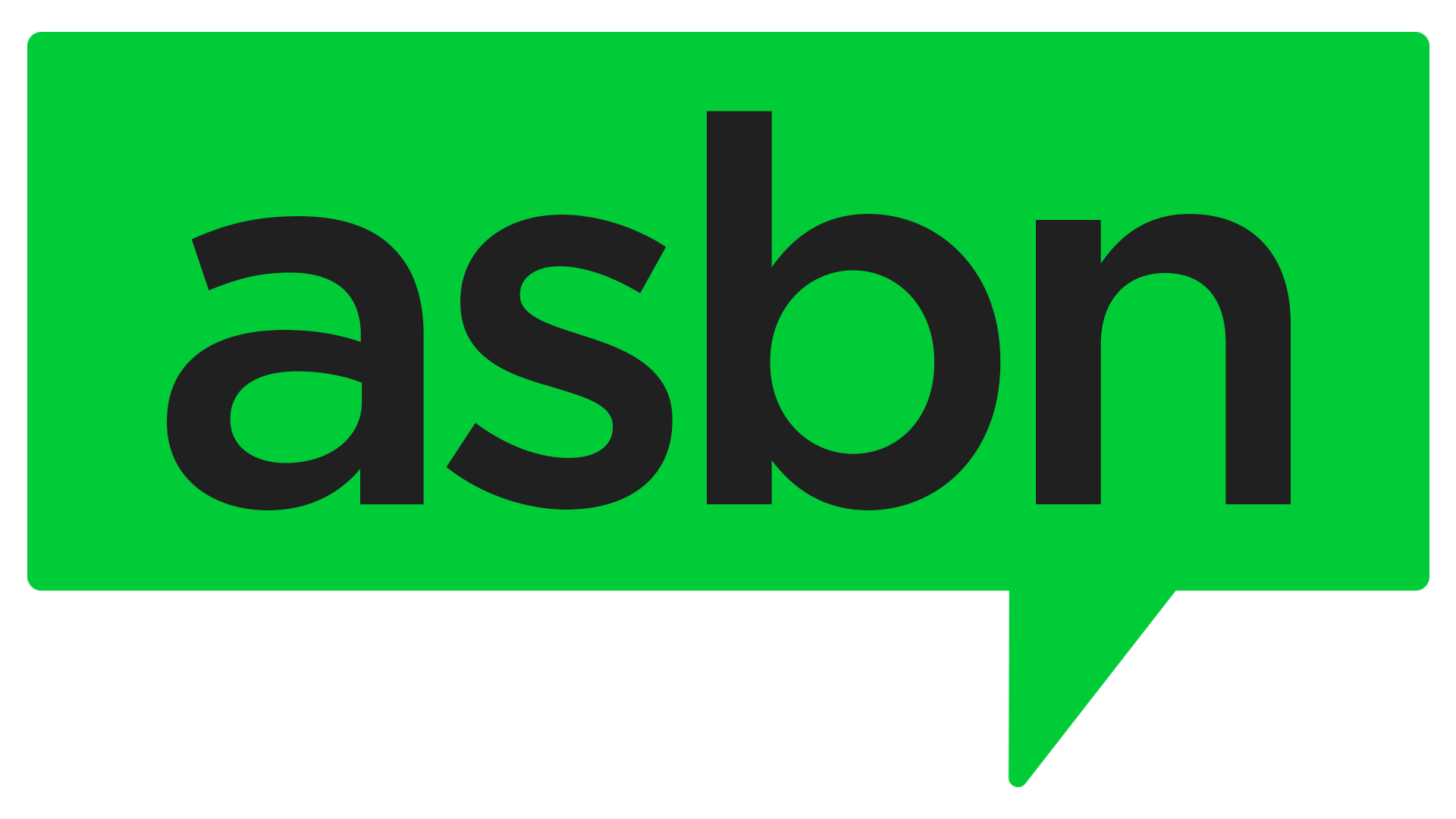Human Resources managers are the cornerstone of a company to manage their task force. Nobody better than HR managers know that humans are imperfect species. They are prone to performance lapses, poor judgment and can behave inappropriately due to work stress or external factors.
Such slip-ups can cause a predicament environment in the workplace and cause hindrance in the overall productivity of the task force. This requires managers to address such workplace misconduct promptly to protect the employees, foster a positive work environment, and drive business growth to its full potential.
However, small business owners may not have the required HR team to handle this efficiently. In fact, 54% of small businesses handle HR in house. In such cases, as a business owner, the duty falls on your shoulder to make your company a safe and respected workplace. If an employee has been accused of wrongdoing, swift and decisive action must be taken.
Ensuring that the case is handled properly and impartially will safeguard both the company’s legal and public reputation and the victim’s dignity.
Types of Workplace Misconduct
Workplace misconduct takes many forms, including sexual, financial misconduct, and other serious offenses under the law. Each of the aforementioned broad classes of workplace misbehavior can be further subdivided into various types.
1. Harassment
This includes everything that makes the workplace uncomfortable, unsafe, or downright dangerous for an individual or group. Harassment of any kind is unacceptable, whether verbal or physical, and it is illegal to treat employees differently because of their gender, color, age, or other characteristics.
2. Theft or Fraud
This refers to the fraudulent use of corporate resources, property, or information like embezzlement, forgery of financial documents, misuse of corporate cash, etc.
3. Substance Abuse
When employees drink or take drugs on the job, it causes them to make poor decisions, be less productive, or even put themselves and others in danger. This should be strictly kept under check to protect the employees and the organization.
4. Workplace violence
It covers all actions that jeopardize the health and safety of workers or individuals, encompassing violence, assault, intimidation, and other such behaviors.
5. Conflict of Interest
Conflict of interest refers to any instance in which an employee’s goals are not in the best interest of their employer. Examples of conflict of interest are taking bribes, misusing corporate funds, or starting a rival firm.
6. Non-Compliance
This refers to actions against the company’s rules and procedures or against the law. Infractions include non-compliance with safety regulations, environmental regulations, and employment laws, among others.
Ways to Address Misconduct
While investigating workplace misconduct, keep your emotions in control and refrain from using derogatory or offensive language to any parties involved.
Ensure that you follow the company’s policies and investigate the matter in the same demeanor. This approach will help safeguard the company’s reputation and protect the employees involved.
Here’s how you can handle a complaint of misbehavior account responsibly:
Take Immediate Action
Take swift action against employee wrongdoing to reduce your exposure to legal action. If you don’t address employee wrongdoing as soon as you learn about it, they can start to believe it’s normal to behave this way again.
A hostile work atmosphere might emerge if an inquiry is delayed, and any potential victims of wrongdoing can feel disregarded.
Investigate
Collect statements from any witnesses and examine possible proof that provides light on the alleged misbehavior. Create a review board to undertake an impartial inquiry if someone you care about has been accused of wrongdoing. While investigating, you can take interim measures, such as a paid suspension or transfer.
Document Proof
Document everything from the first report and investigation plan through employee testimony and any video or audio recordings available. When conducting interviews with workers or witnesses, it’s a good idea to have a second person present in case their statements conflict with other evidence.
If you want to show that your firm has a fair and consistent disciplinary procedure, retain the records of the inquiry and the resolution in the files even after they are no longer needed.
Consult with Senior Management
Before deciding whether or not to discipline an employee, it’s a good idea to get input from other leadership team members. You’ll be less likely to make an emotionally-charged choice and have more support for your plan within the organization.
Consider The Gravity of The Crime
Think about how the wrongdoing affected the workplace and how bad it was. To represent the values of your business, underline its goals, and demonstrate to its workers that it is dedicated to maintaining a productive company culture, the repercussions should be more severe if the behavior directly harms other employees or customers.
Check the employee’s file to see whether this is a one-time lapse or part of a larger pattern of wrongdoing that needs more severe measures to be addressed.
Determine The Repercussions
Take action to address the behavior with appropriate disciplinary measures. Review how you dealt with similar situations in the past and consult the company’s official employee policy.
Consult a lawyer before making any hasty decisions that might endanger your organization if you’re dealing with significant misbehavior and don’t know what to do.
Speak with All Parties Involved
Disciplined workers should be kept informed of their next steps in the matter. If you plan to take disciplinary action against an employee for misconduct, informing the affected individuals or victims is considerate.
Prevent Workplace Misconduct Before It Happens
You can prevent misbehavior from becoming a major problem by conducting regular performance evaluations and holding meetings with the staff. Knowing your team personally might help you gain trust and insight into their habits and routines.
Good managers are aware of the time their workers spend on various activities and any potential threats this can pose to a productive work environment. They ensure that all firm executives are held to the same ethical standards and are responsible for their actions.
Ensure your staff knows how to report any discrimination or harassment anonymously. Conduct workshops to ensure that the workforce is well-versed in the company’s policies and how they can conduct themselves in case of any misconduct.
Final Word
A hostile work atmosphere is bad for the company for more than obvious reasons like low morale, increased turnover, etc. That’s why it’s crucial to have a procedure in place for handling misbehavior if it ever occurs.
While it’s hard to eliminate the risk of workplace mishaps completely, you may minimize damage to your company by responding appropriately to incidents of misbehavior.







